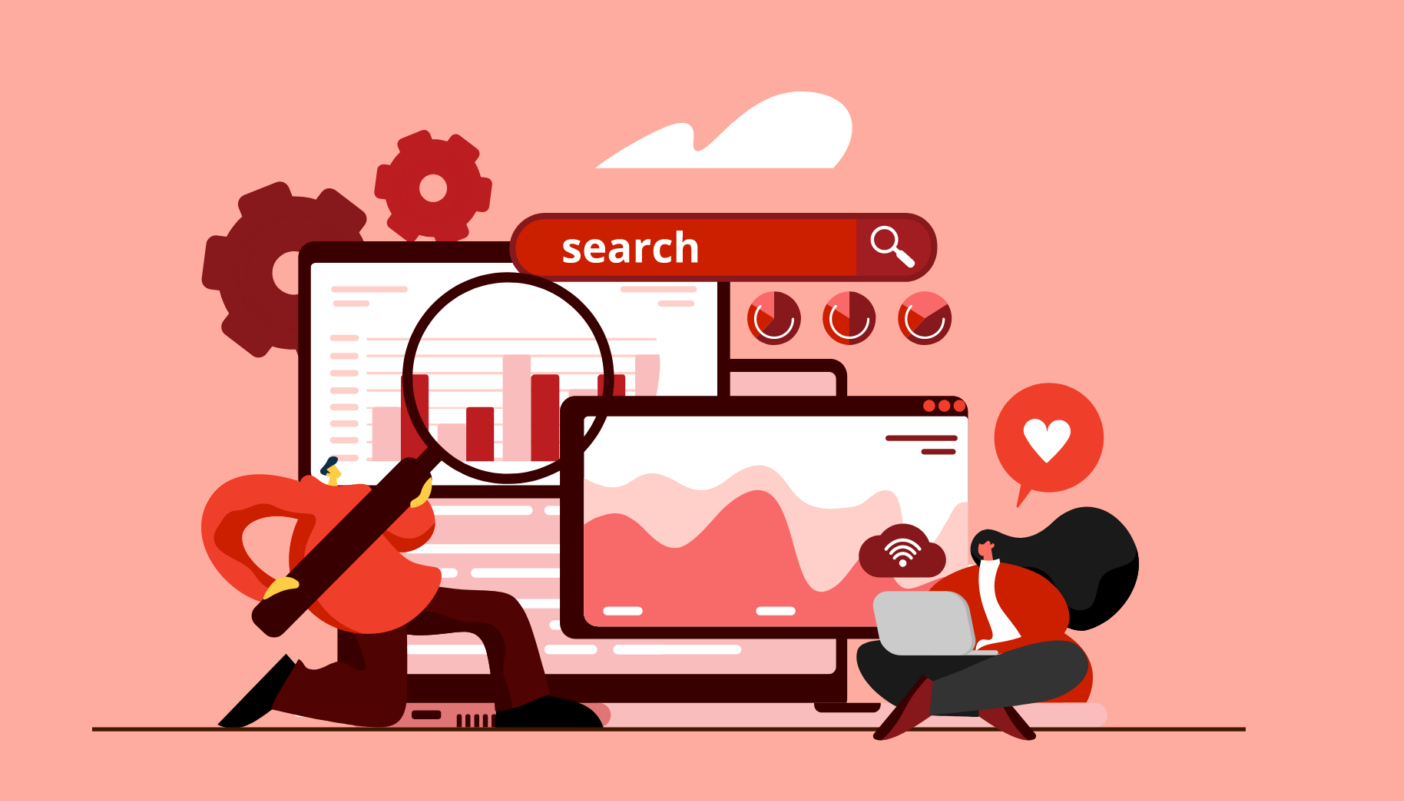What is SEM marketing?

Search engine marketing (SEM) is a digital marketing strategy that aims to increase web traffic or improve the visibility of a website in search engine results pages (SERPs). SEM marketing is related to paid search advertising, but it also involves optimizing your company’s content to rank higher in search engines.
SEM marketing is crucial for local businesses because most customers search online before making a buying decision. With SEM marketing, you can target your desired audience and increase visibility on search engines by placing ads at the top of search results pages.
If I own a pizza shop, I want people who search “Best Pizza in Connecticut” to see the name of my restaurant right away. This provides me with an edge over my competition, and I win the attention of potential customers who have already indicated that they are looking for products or services I offer.
Two key components of SEM
- Paid Search Advertising, also known as Pay-Per-Click (PPC) - I know, there are acronyms for everything. PPC involves creating and running online ads through platforms like Google. Advertisers bid on specific keywords or phrases that are relevant to their product or service. When users search for these keywords, the ads appear at the top or bottom of the search results. Advertisers pay for each click on their ad, which is why it is called “Pay-Per-Click” (PPC) advertising.
- Search Engine Optimization (SEO) – This is the process of optimizing a website to improve its organic (unpaid) search engine rankings. This involves optimizing content, using meta tags (meta tags are pieces of information that you use to tell the search engines and those viewing your site more about your page and the information it contains), site structure (how you organize your website’s content), and building backlinks (backlinks are links on websites other than your own that go back to a page on your website).
SEM is effective because it allows advertisers to target users who are actively searching for products, services, or information, making it a great tool to use. It can provide immediate traffic through paid advertising (PPC) and, over time, improve rankings (SEO) for long-term traffic.
Here are three key terms that you should become familiar with when you start dealing with SEM:
- Keywords – Selecting the right keywords and phrases is crucial. These are the words that users enter into search engines to find the information they are looking for.
- Quality Score – Search engines like Google assign a quality score to ads in PPC campaigns. They base this on the relevance of keywords, ad text, and the quality of the landing page. A higher Quality Score can lead to lower costs and better ad positioning.
- Click-Through Rate (CTR) - This metric measures the percentage of users who click on an ad after seeing it. A high CTR is usually a good indicator of a high-performing ad.
SEM marketing is a great tool that requires continuous monitoring to ensure the best results. It is valuable for businesses looking to increase their online visibility, drive relevant traffic, and achieve marketing goals.
Here at Foxie, we know the competition for your business gets fiercer every day. Now, more than ever, it’s crucial to establish a strong digital presence and capitalize on digital marketing tactics.
Are you ready to drastically improve communication with your customers and employees?
Allow us to introduce FoxieEngage.
Foxie has developed FoxieEngage, which is a single platform that gives you the ability to chat, respond to social media questions, text, talk, and communicate with your staff, customers, and vendors…all on their terms and in the way they choose to communicate with you.
FoxieEngage is what your business needs and what your customers and employees have been yearning for.
Be more engaged with your customers and employees...call us at 866-BE-ENGAGED (866-233-6424), text START to FOXIE (36943) or if you prefer just shoot me an email at ascott@foxie.com.
We are looking forward to engaging with you soon!


